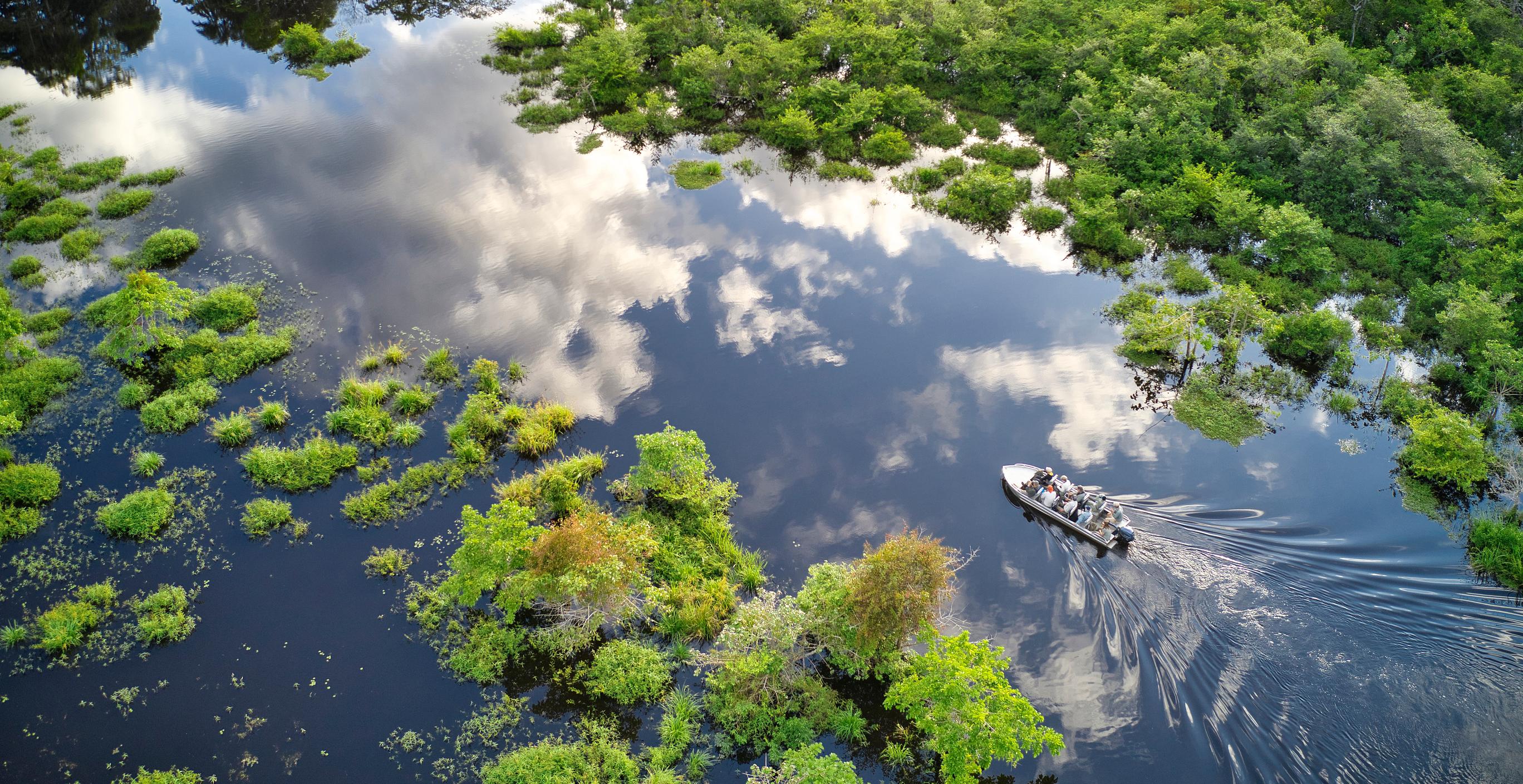
News, views and stories from the front lines of conservation.
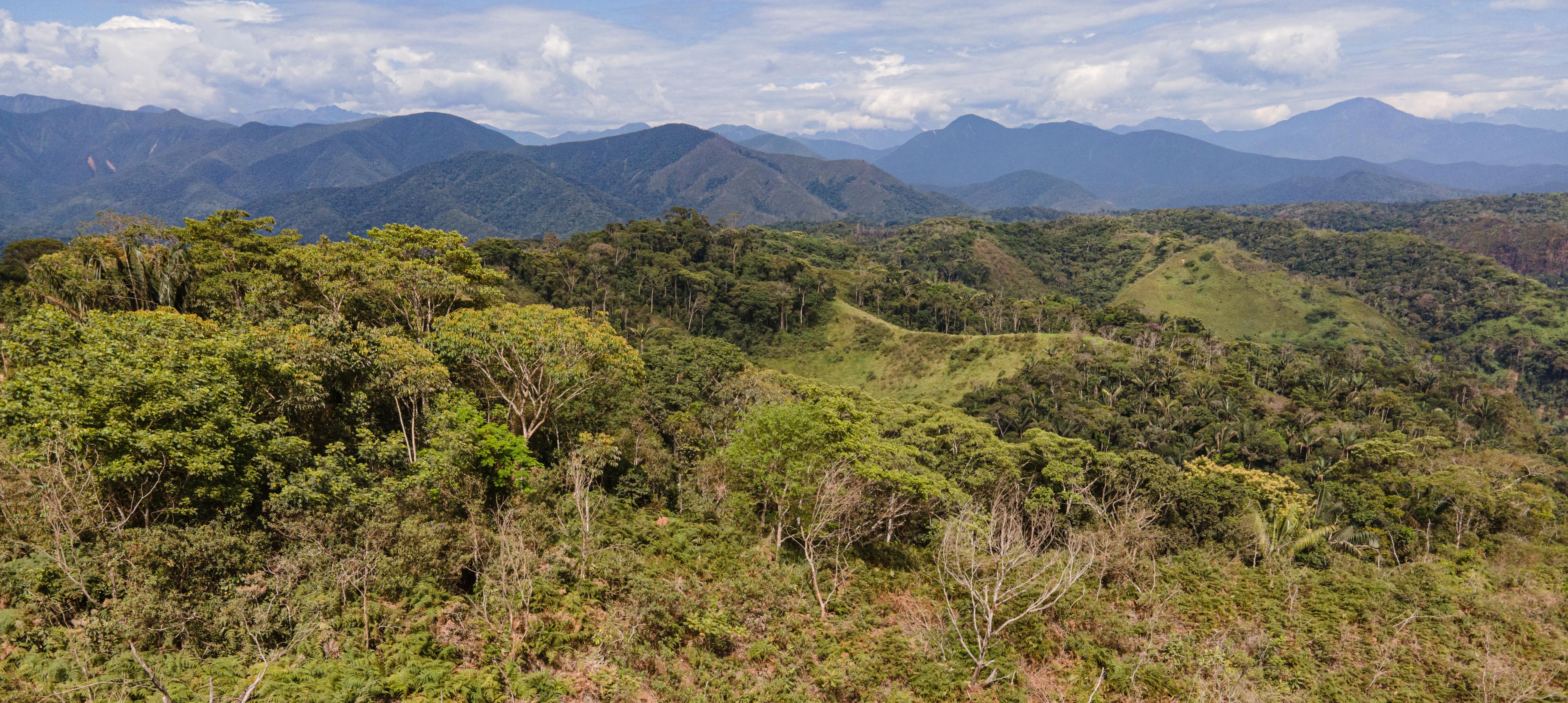
Bolivia brings an Incan legend to life with new protected park
Nov 3, 2025
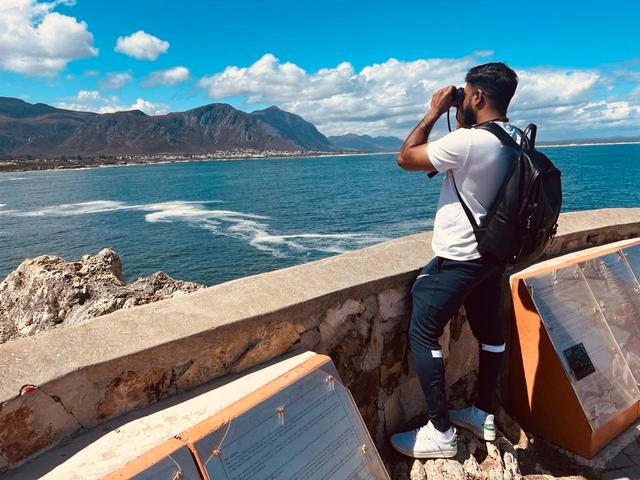
For this scientist, protecting nature is about reclaiming identity
Oct 30, 2025

Protected areas slow the loss of Earth’s most critical carbon
Oct 28, 2025
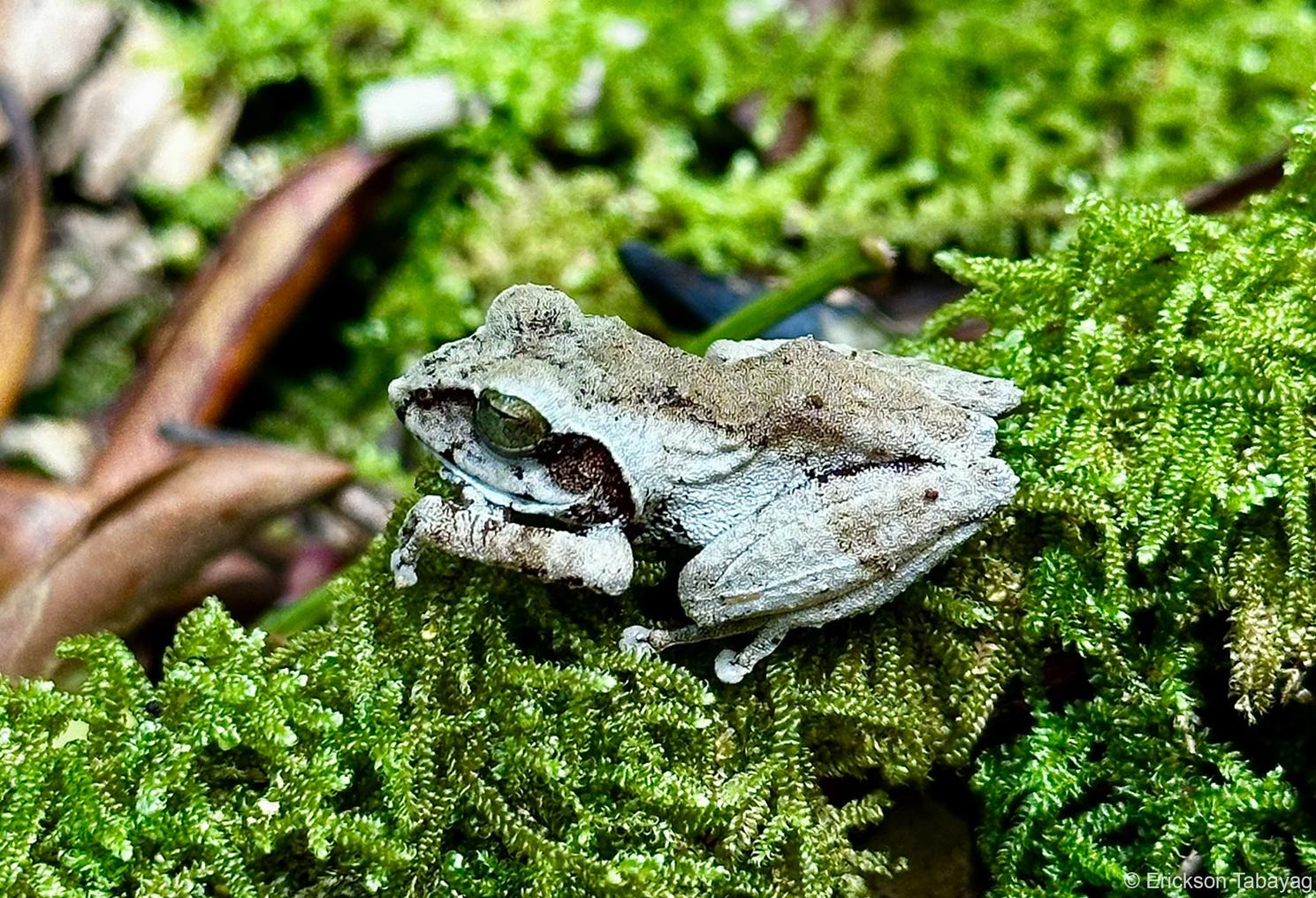
Candid cameras catch a glimpse of rare wildlife
Oct 22, 2025
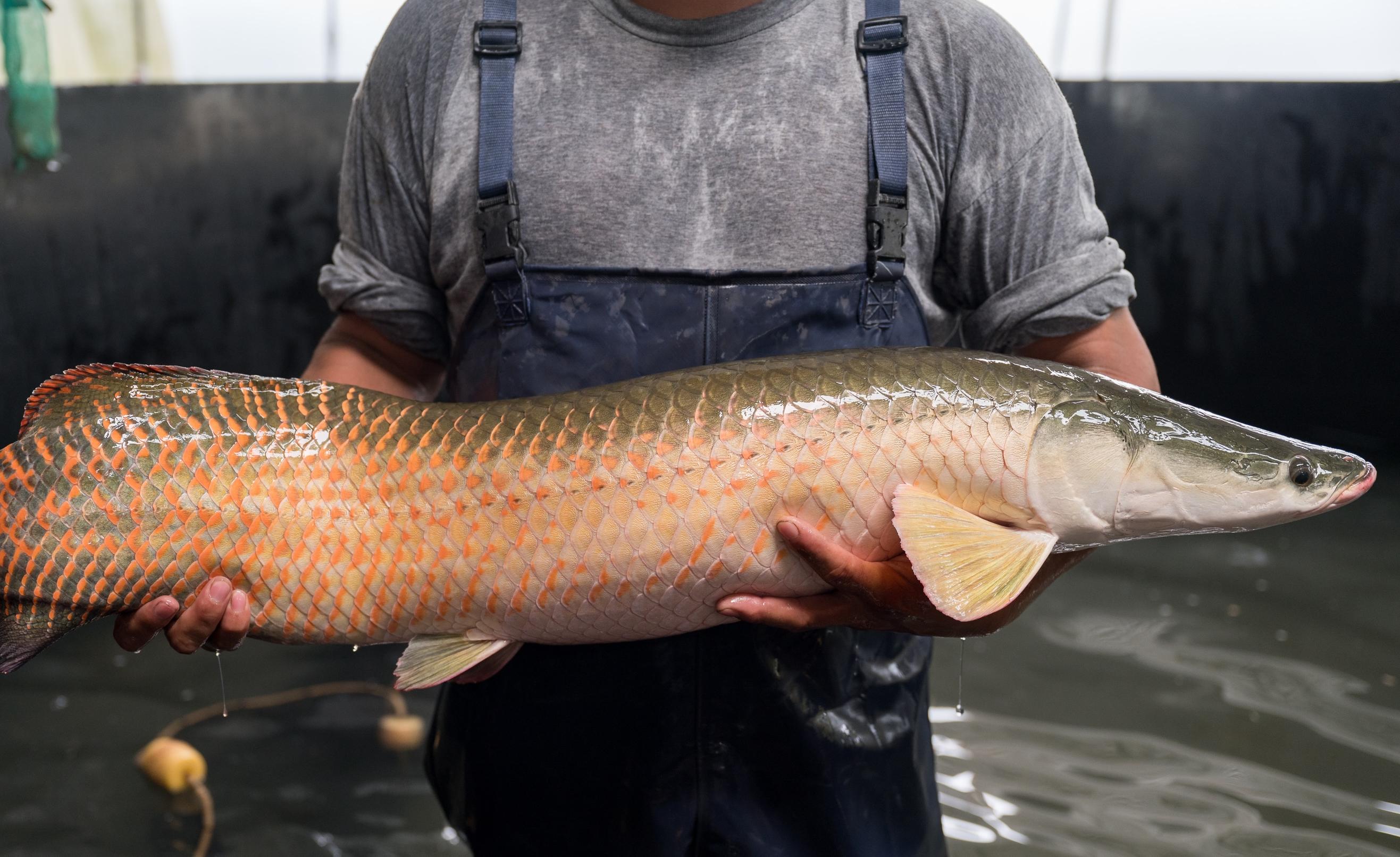
How a family farm in the Amazon landed on the world’s best menu
Oct 7, 2025
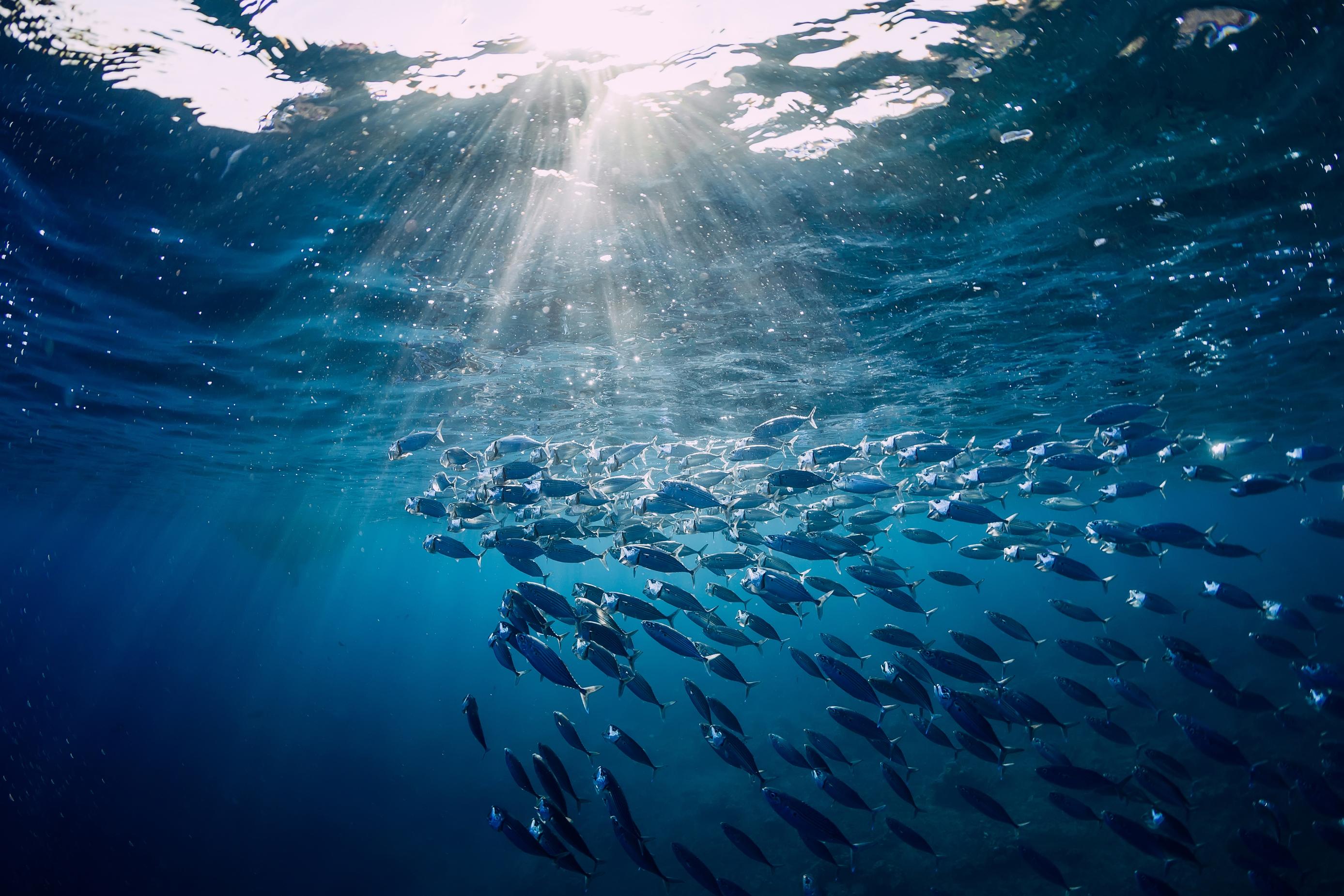
Landmark high seas treaty crosses finish line
Sep 19, 2025

Conservation International expert earns global recognition on TIME100 Next
Sep 30, 2025

What on Earth is ‘coral bleaching’?
Sep 23, 2025
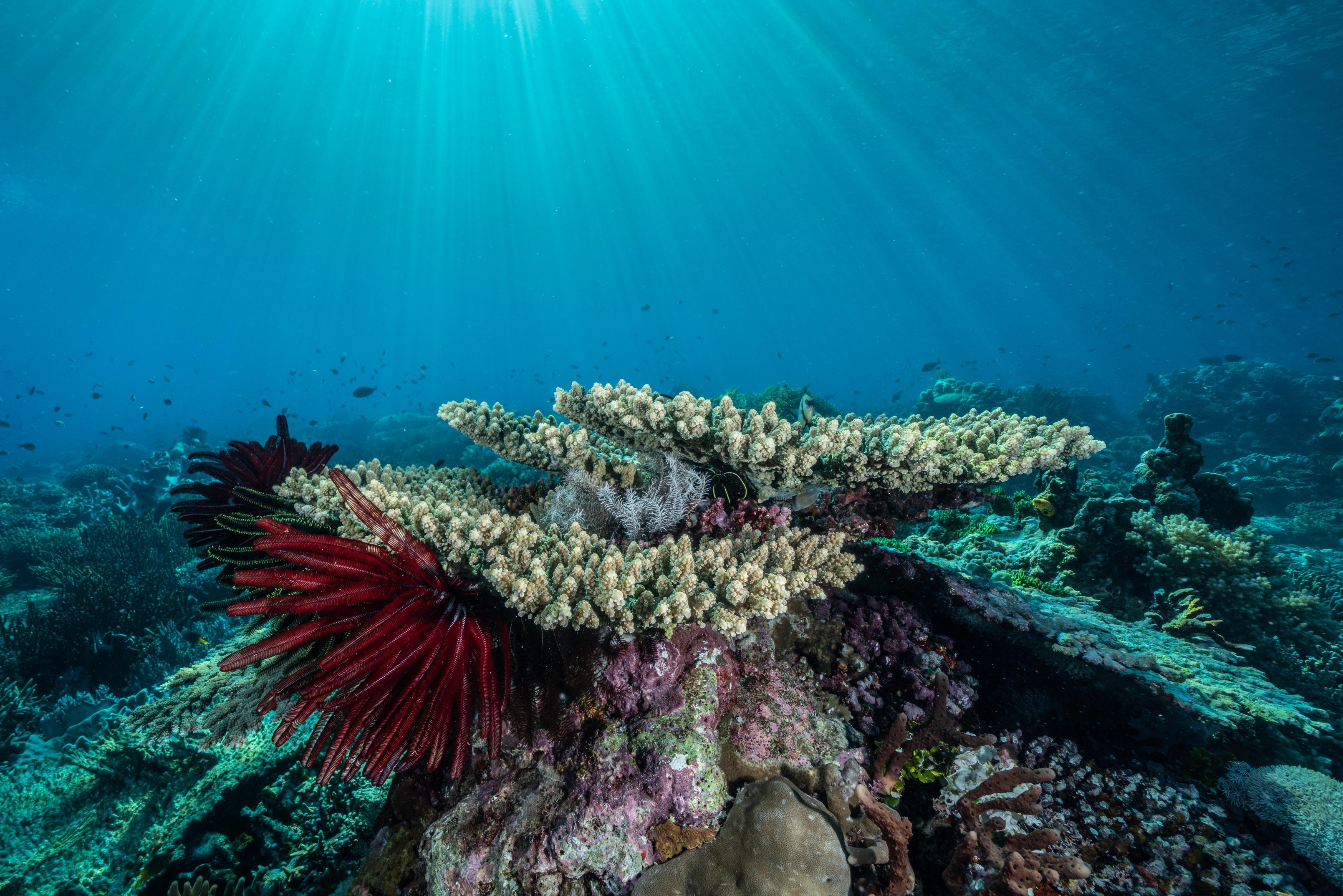
5 ways the ocean keeps our climate in check
Sep 5, 2025
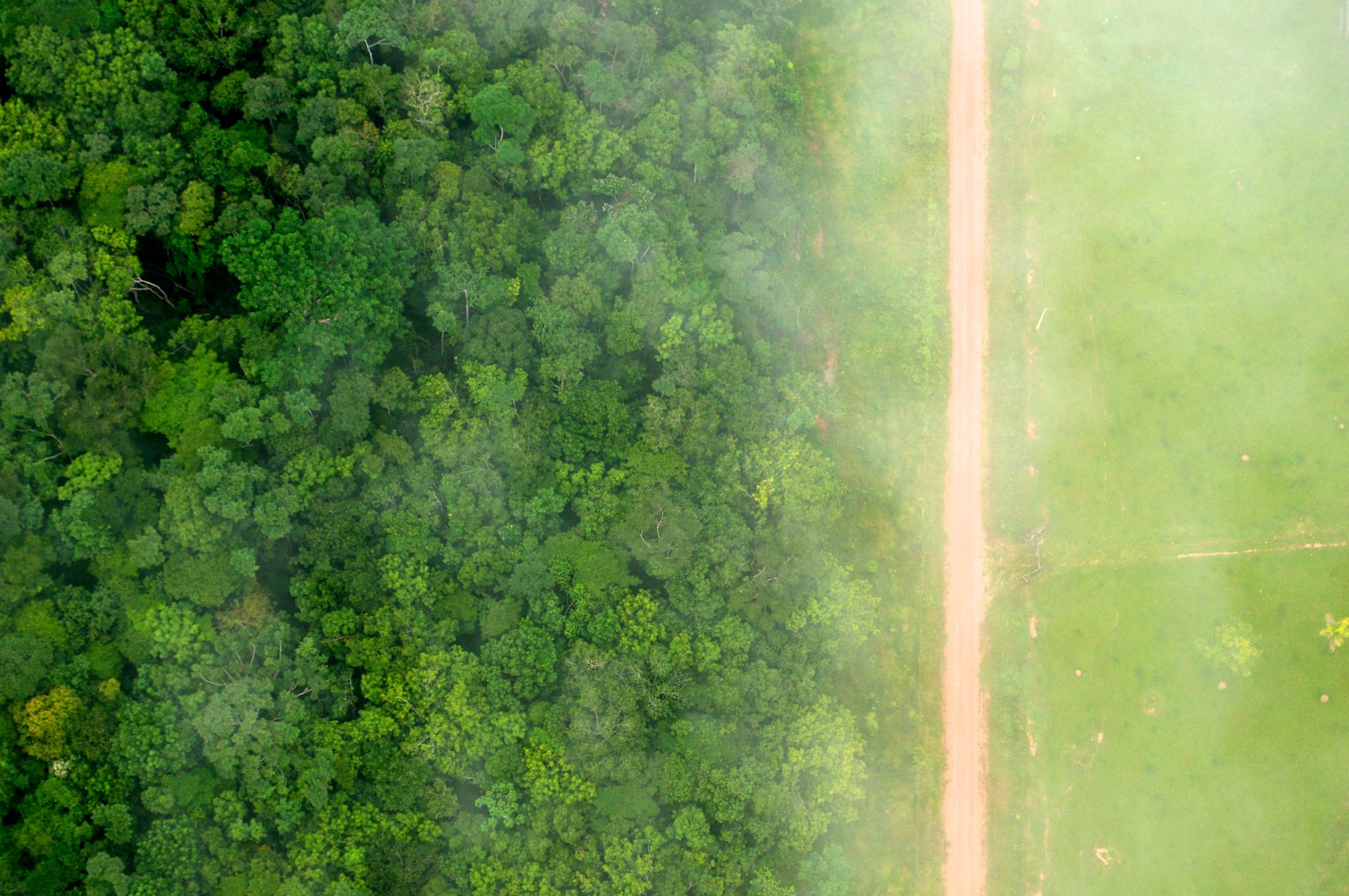
News spotlight: Deforestation linked to dramatic decline in Amazon rainfall
Sep 15, 2025

5 things you didn’t know sharks do for you
Sep 3, 2025

Protect wildlife: Buy a print
Aug 21, 2025
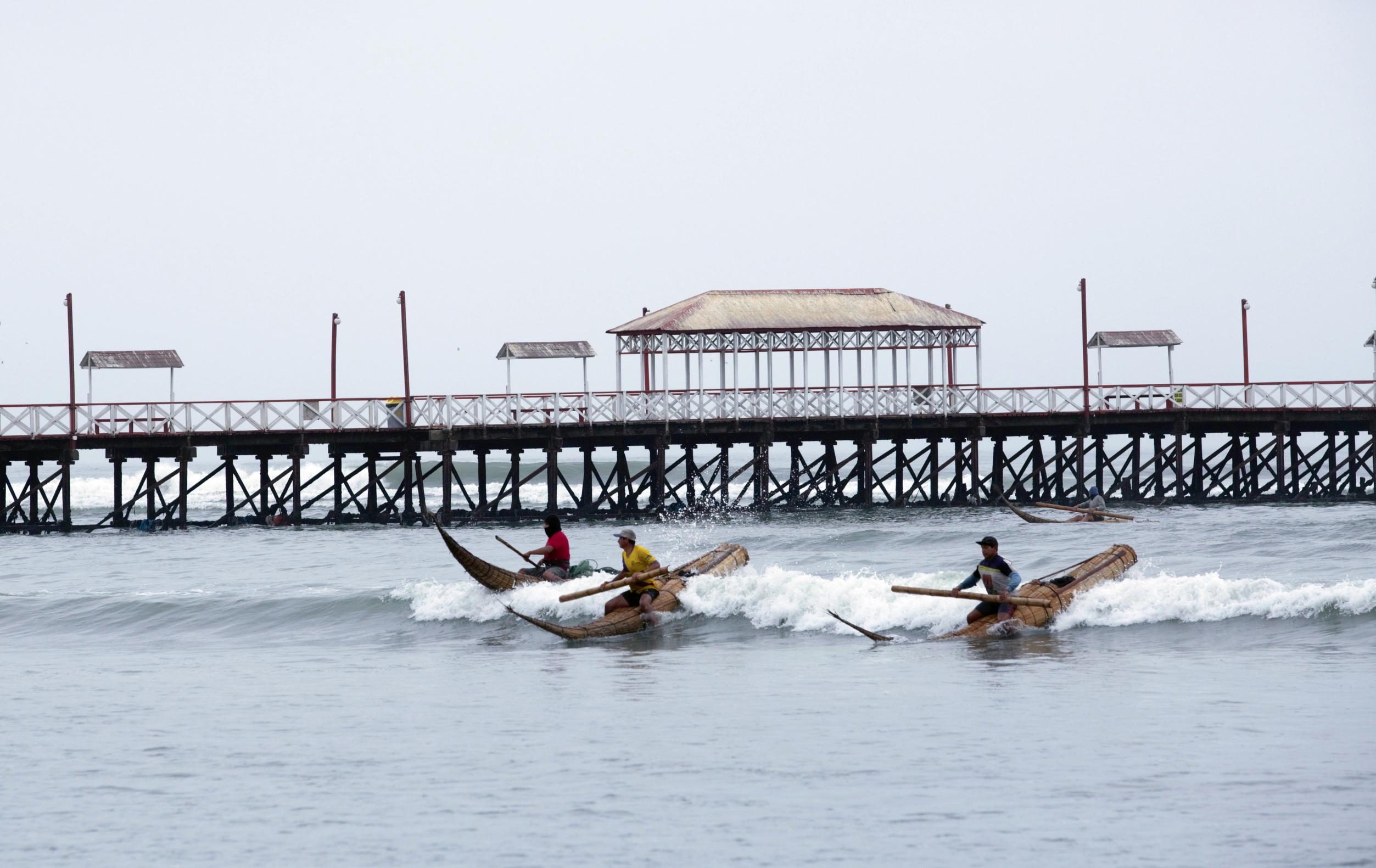
Can these fishermen save a 3,000-year tradition?
Aug 20, 2025

Axolotls are on the brink. Can we bring them back?
Aug 12, 2025

Why Indigenous rights matter
Aug 6, 2025
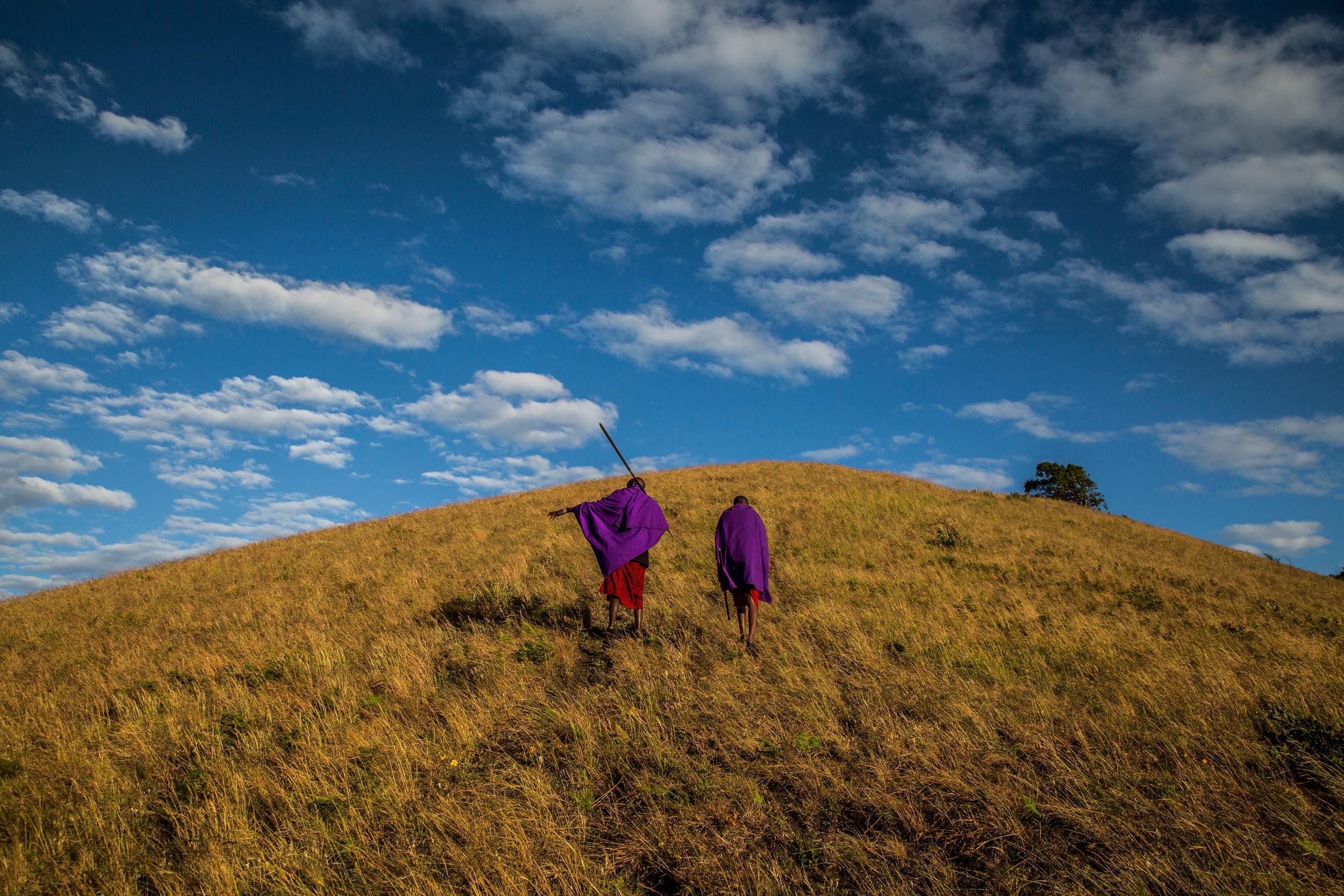
3 ways Indigenous knowledge protects nature
Aug 4, 2025
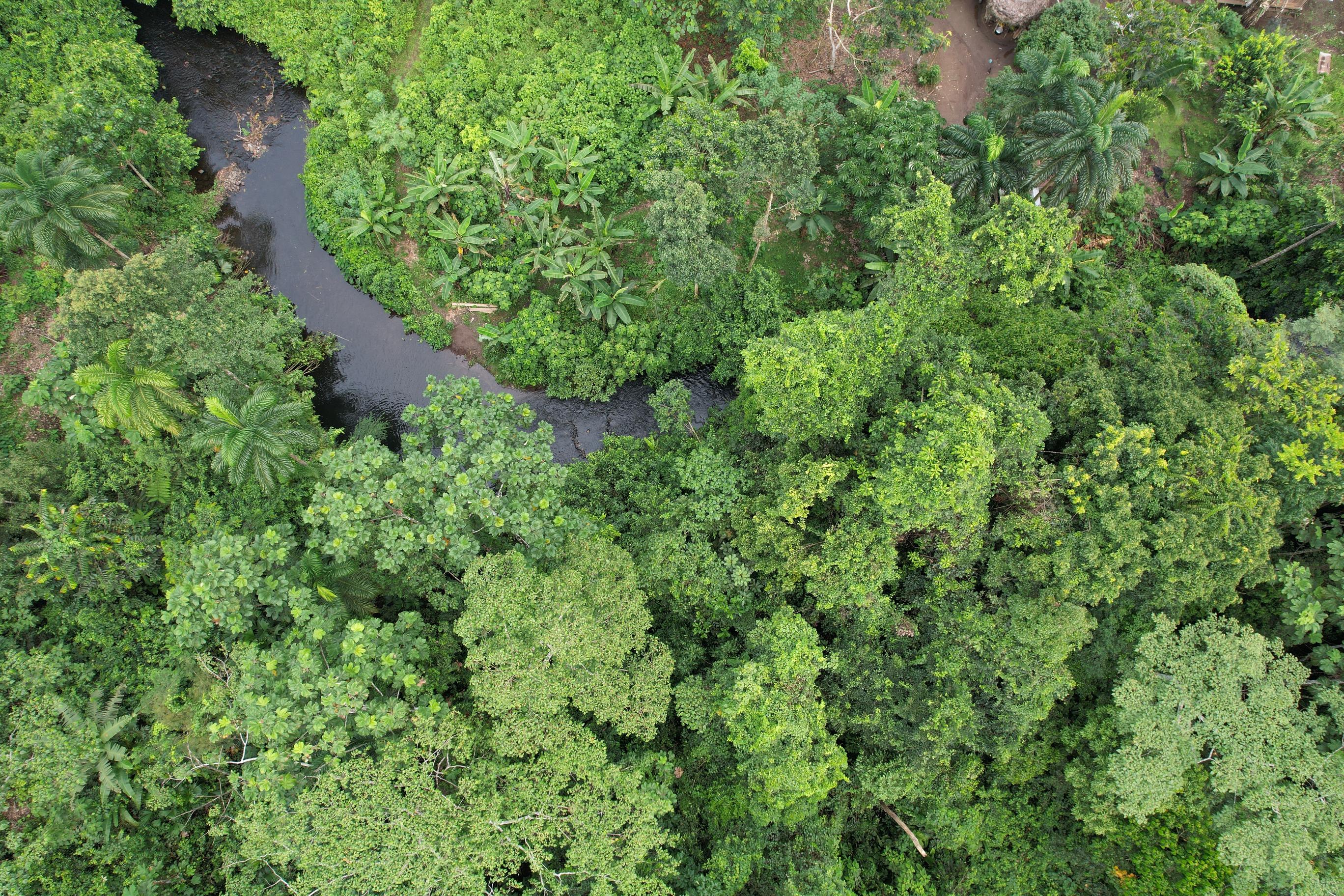
Where Andes meet Amazon, a new ‘lifeline’ for wildlife
Jul 30, 2025
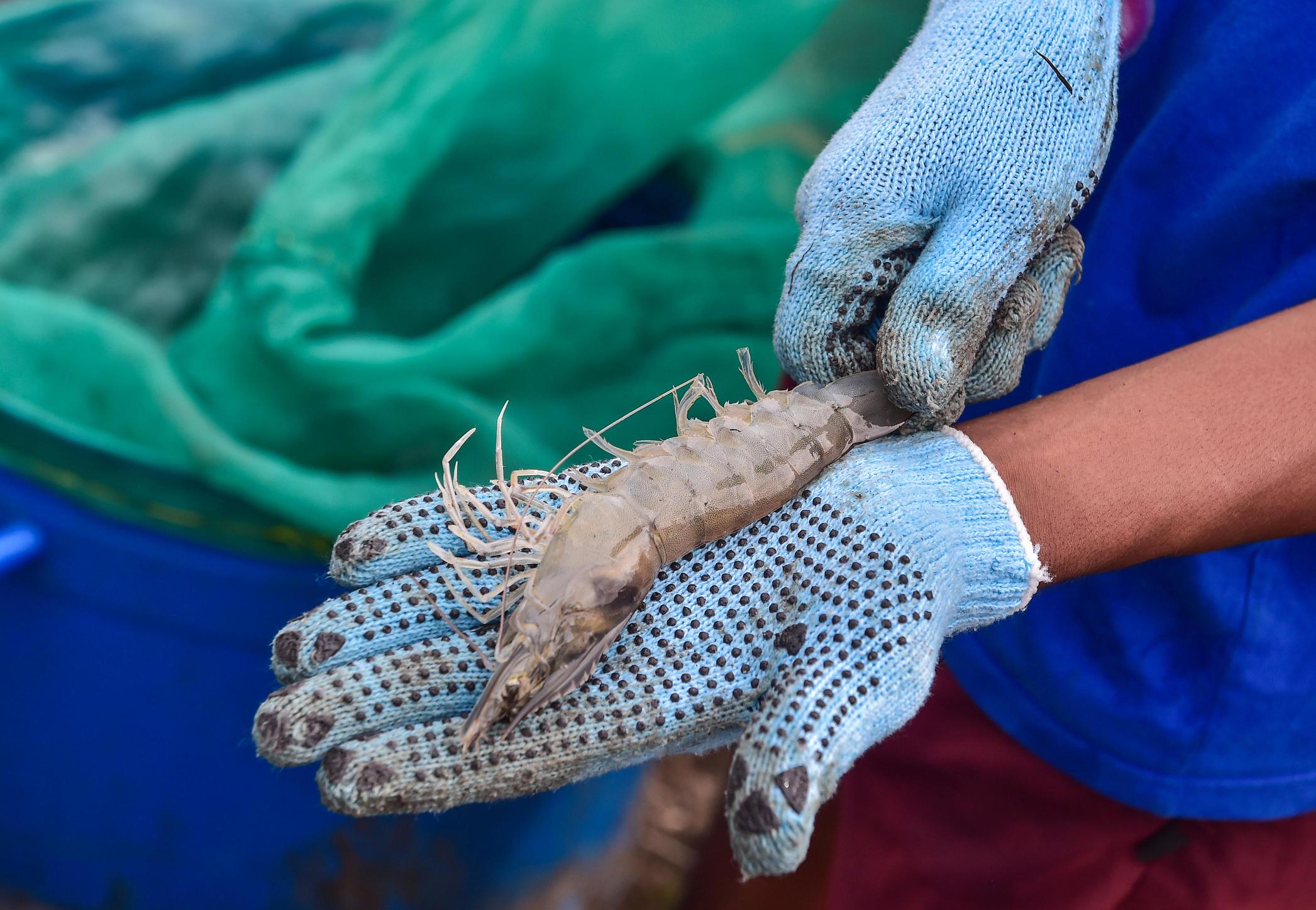
Is there a better way to farm shrimp? A new project says yes
Jul 24, 2025
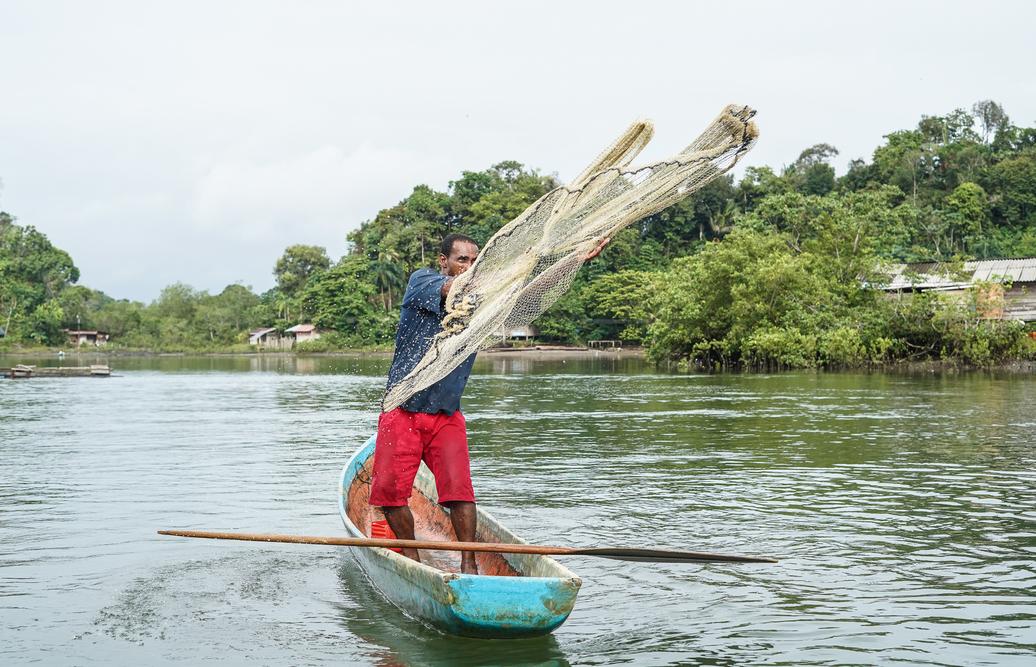
An uprooted people, a legacy of conservation
Jul 22, 2025
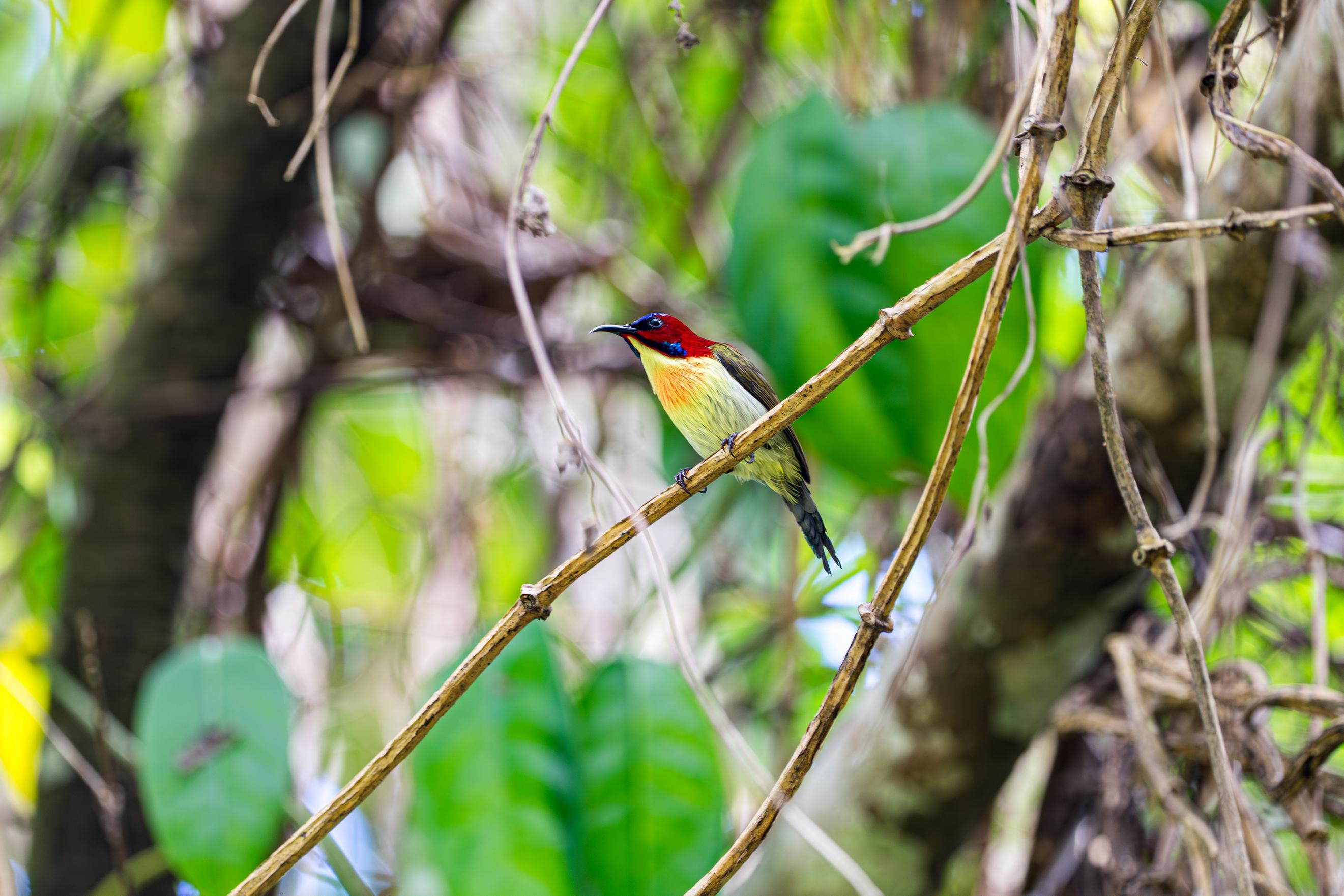
Can AI help protect nature?
Jul 17, 2025

5 things you didn’t know about sea-level rise
Jul 10, 2025
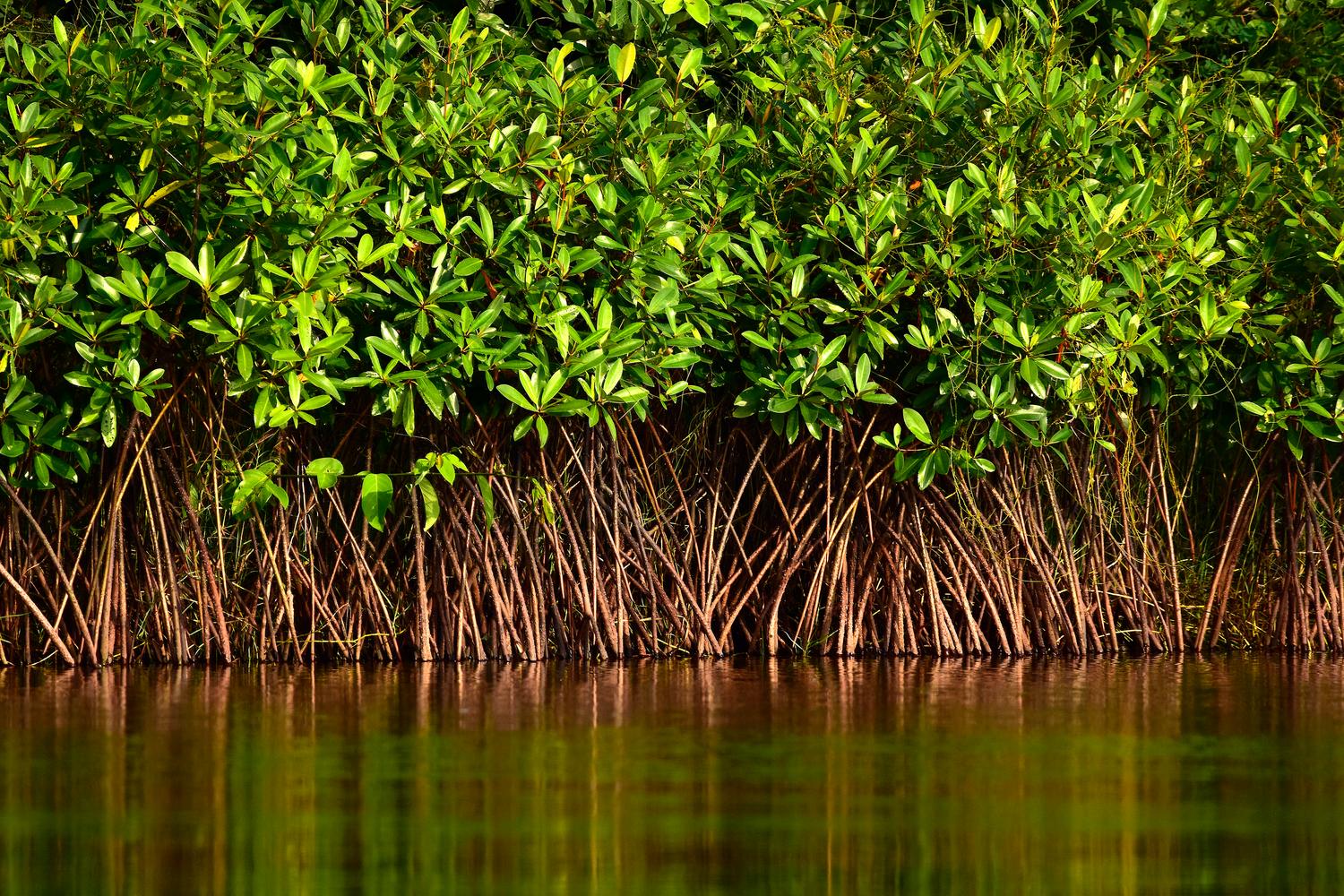
A climate ally needs support — but at what cost?
Jul 3, 2025
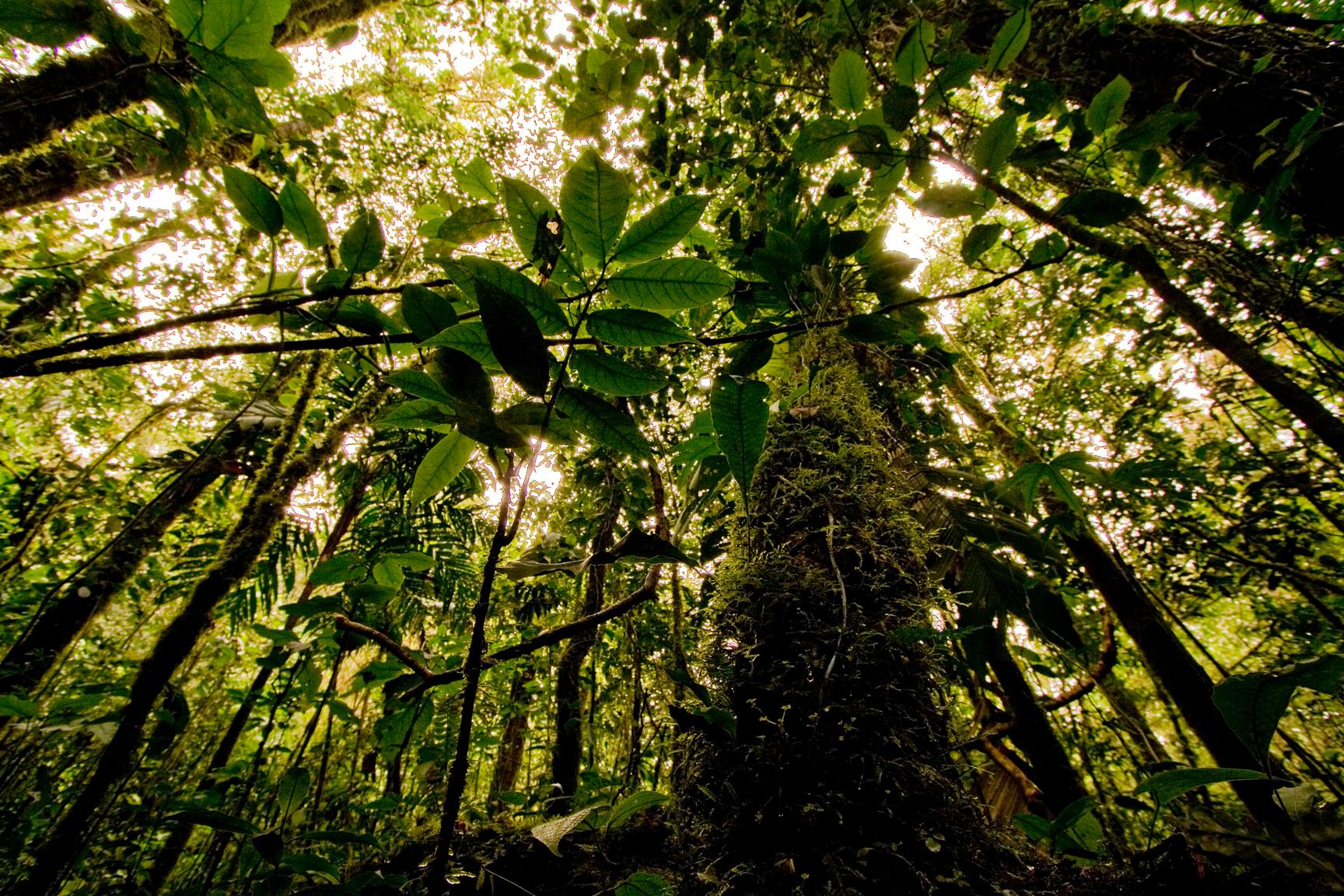
Can a new paper defuse climate infighting?
Jun 26, 2025
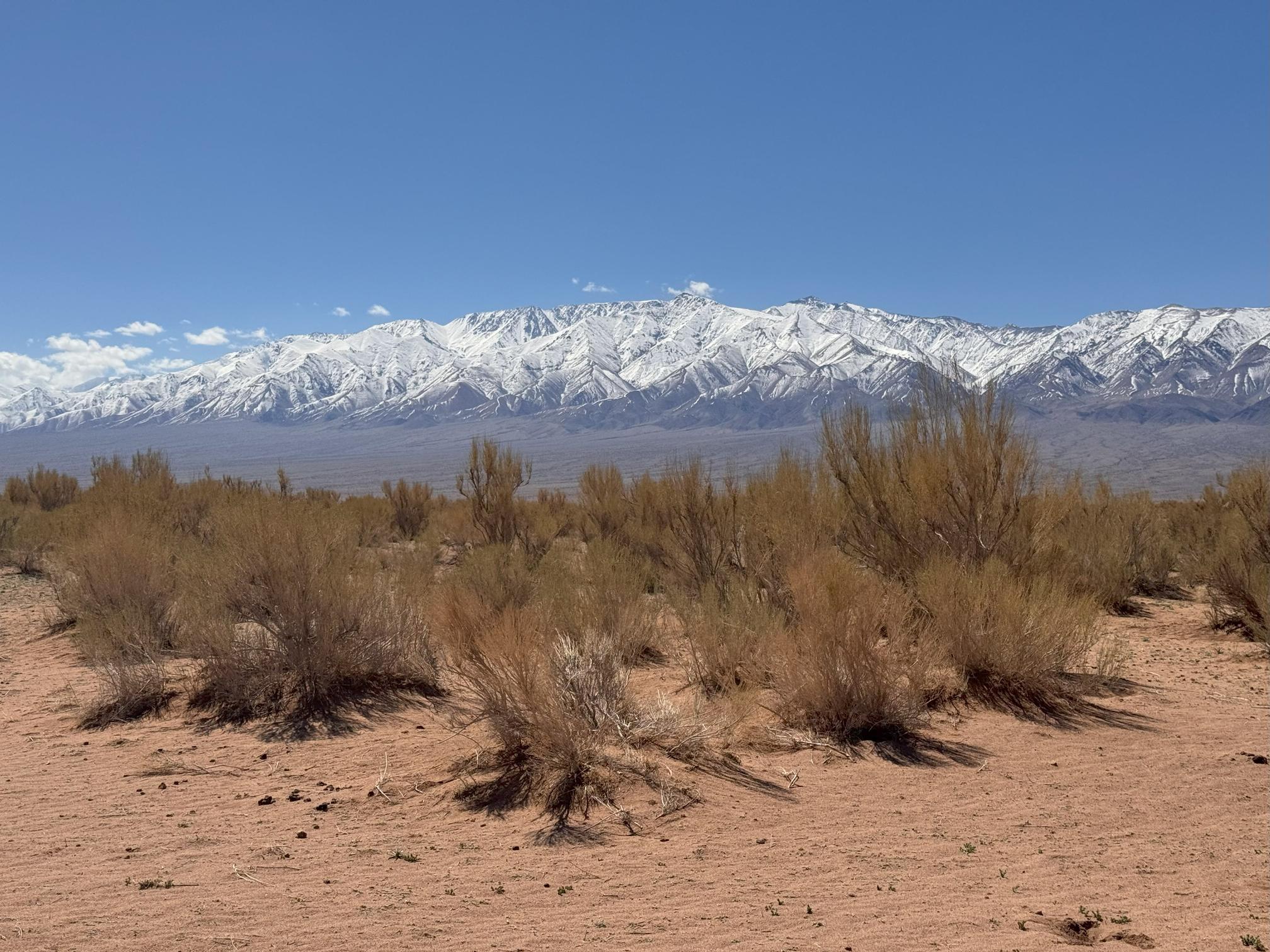
Can Mongolia’s oldest traditions survive a changing climate?
Jun 25, 2025
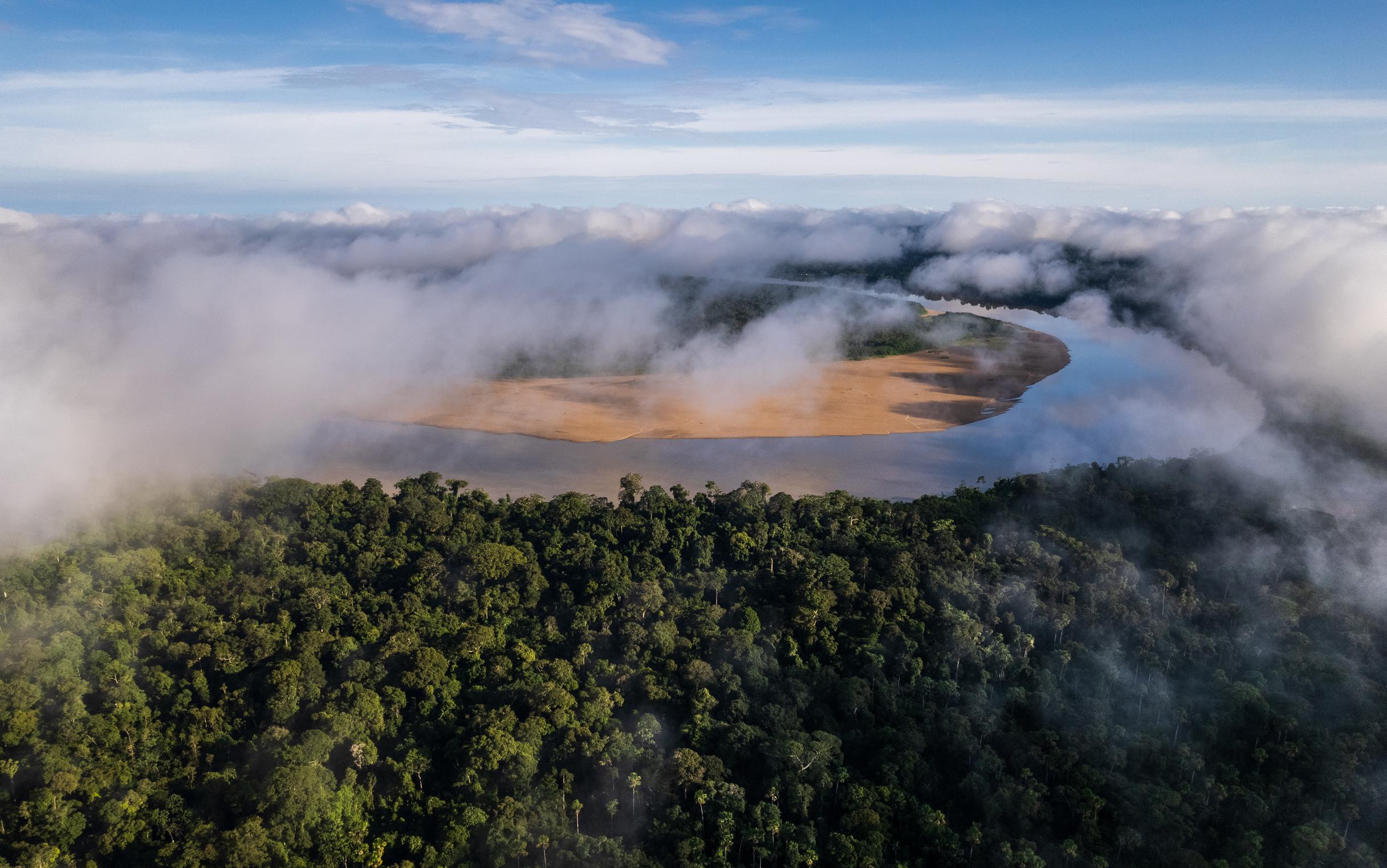
New protected area a win for Amazonian wildlife, people
Jun 16, 2025
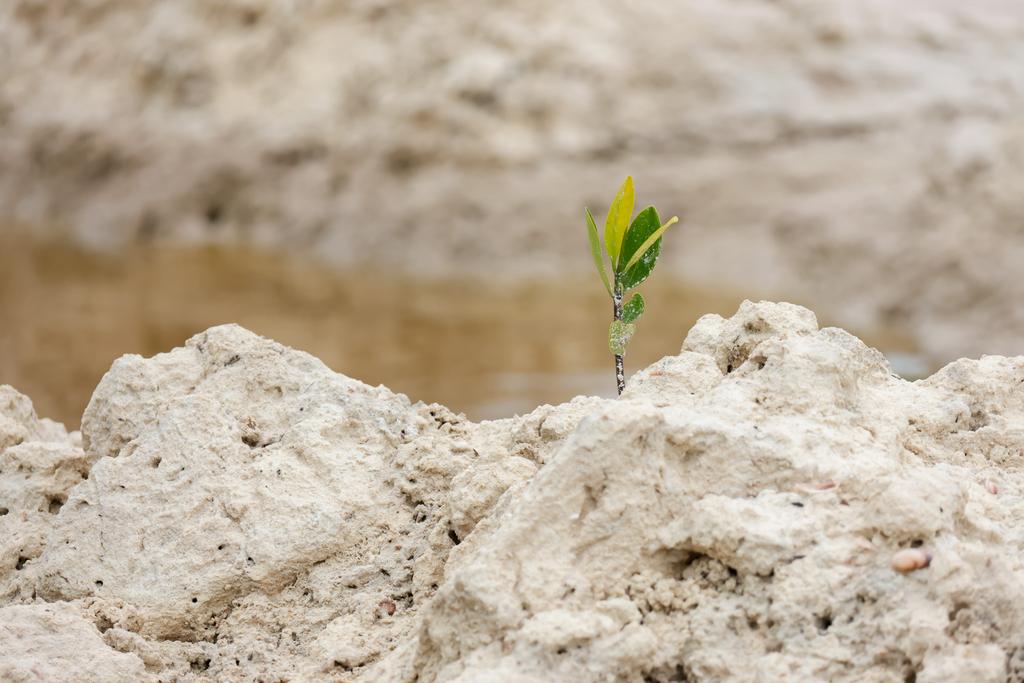
To save a dying forest, this town dug in
Jun 12, 2025